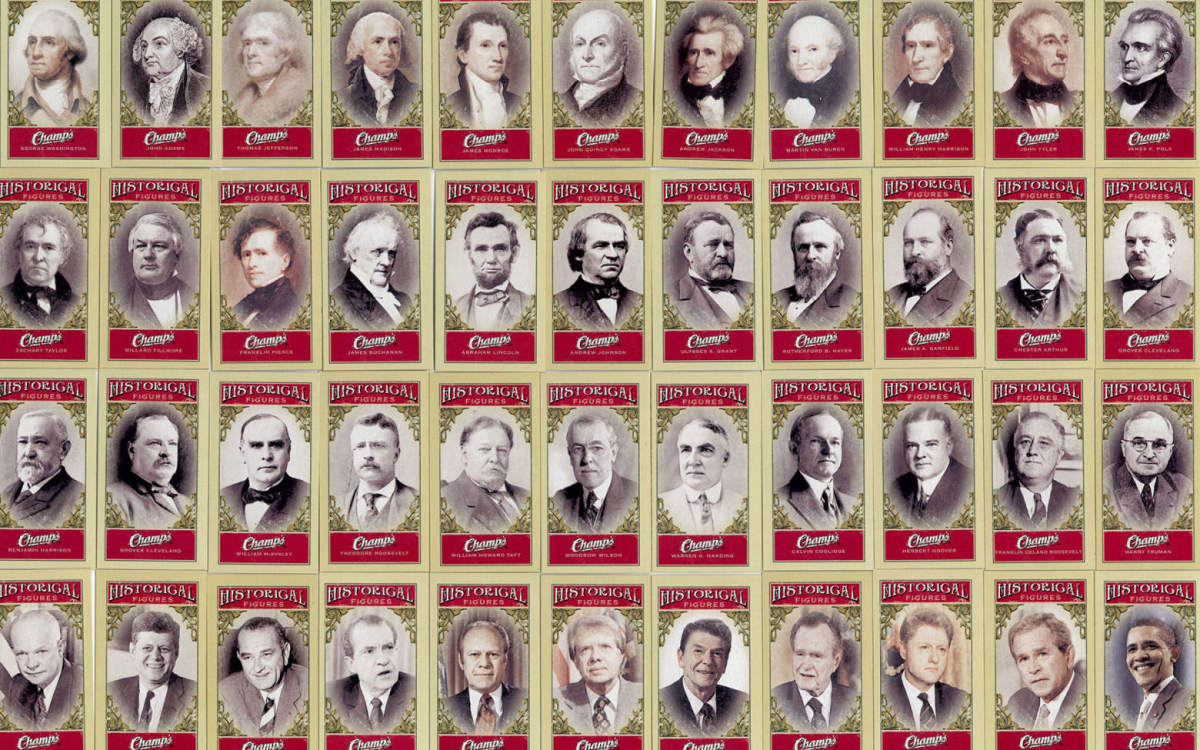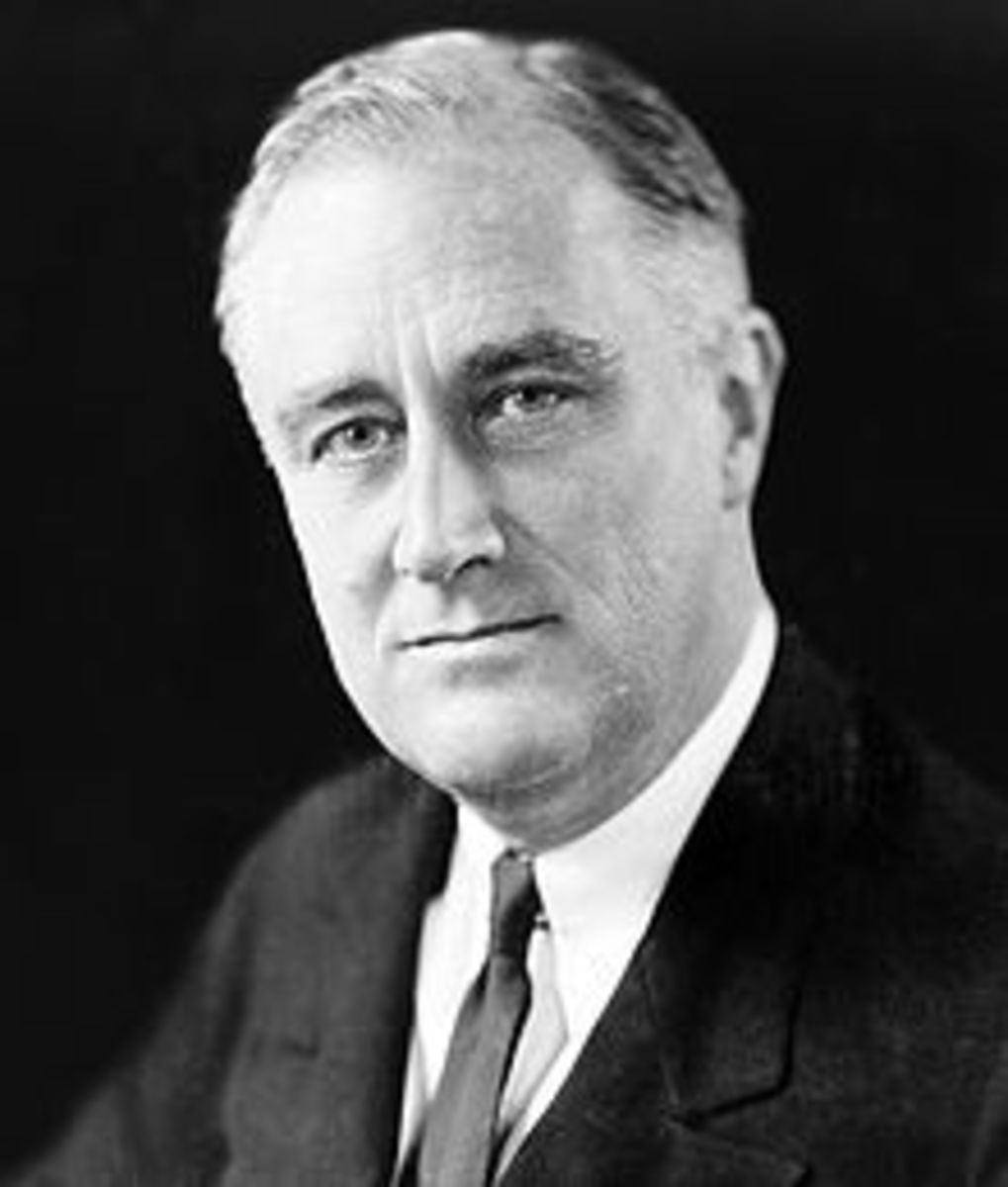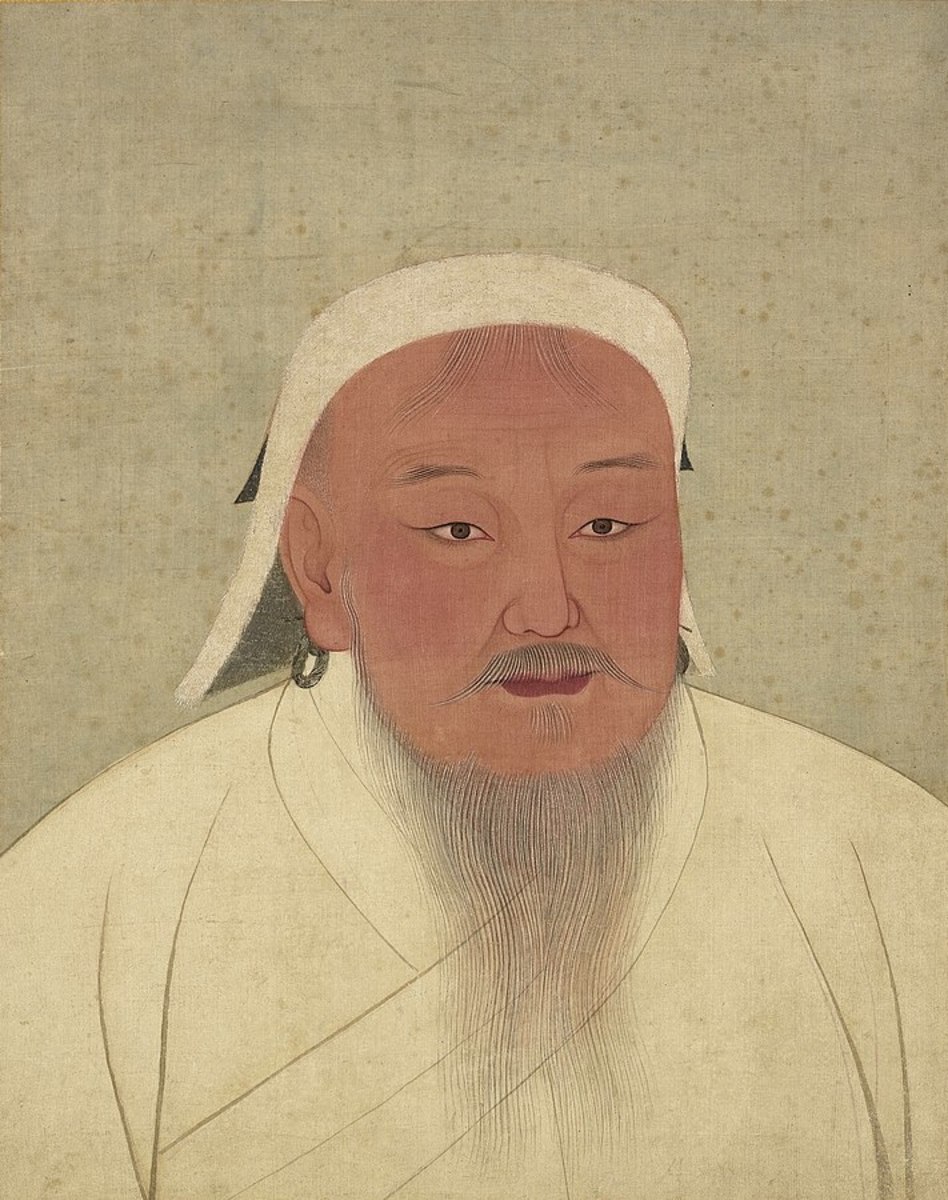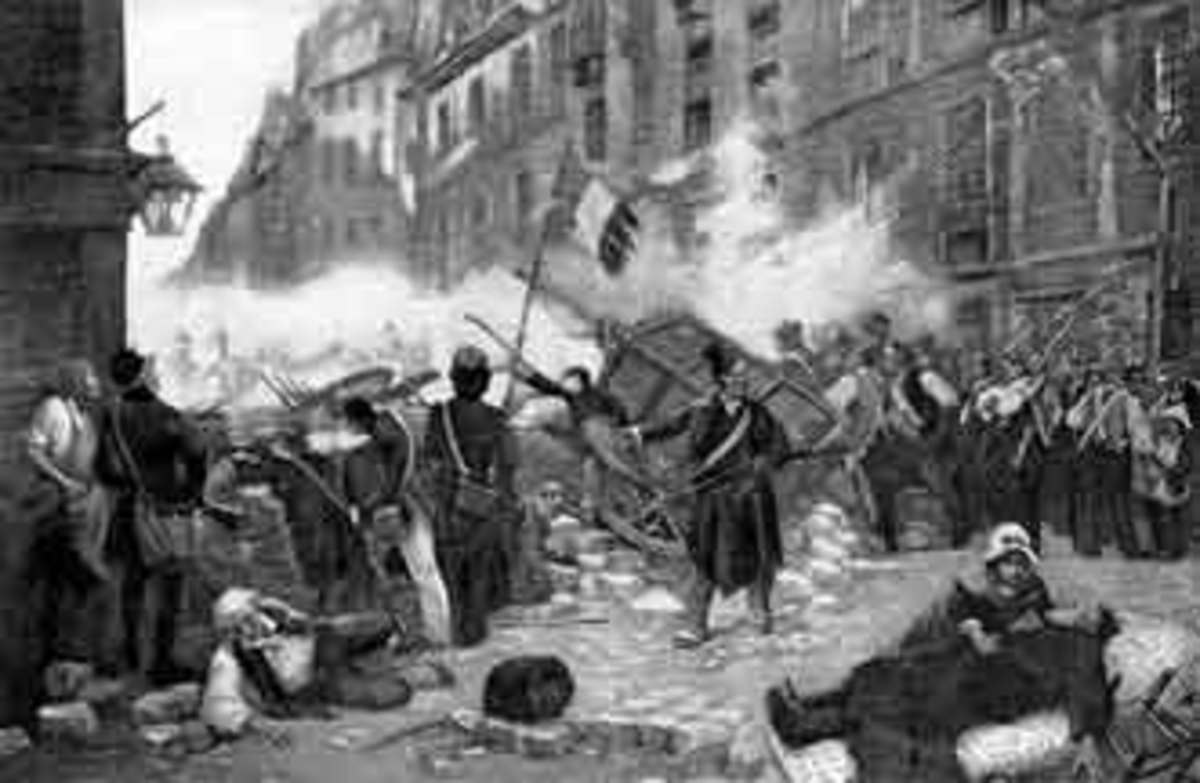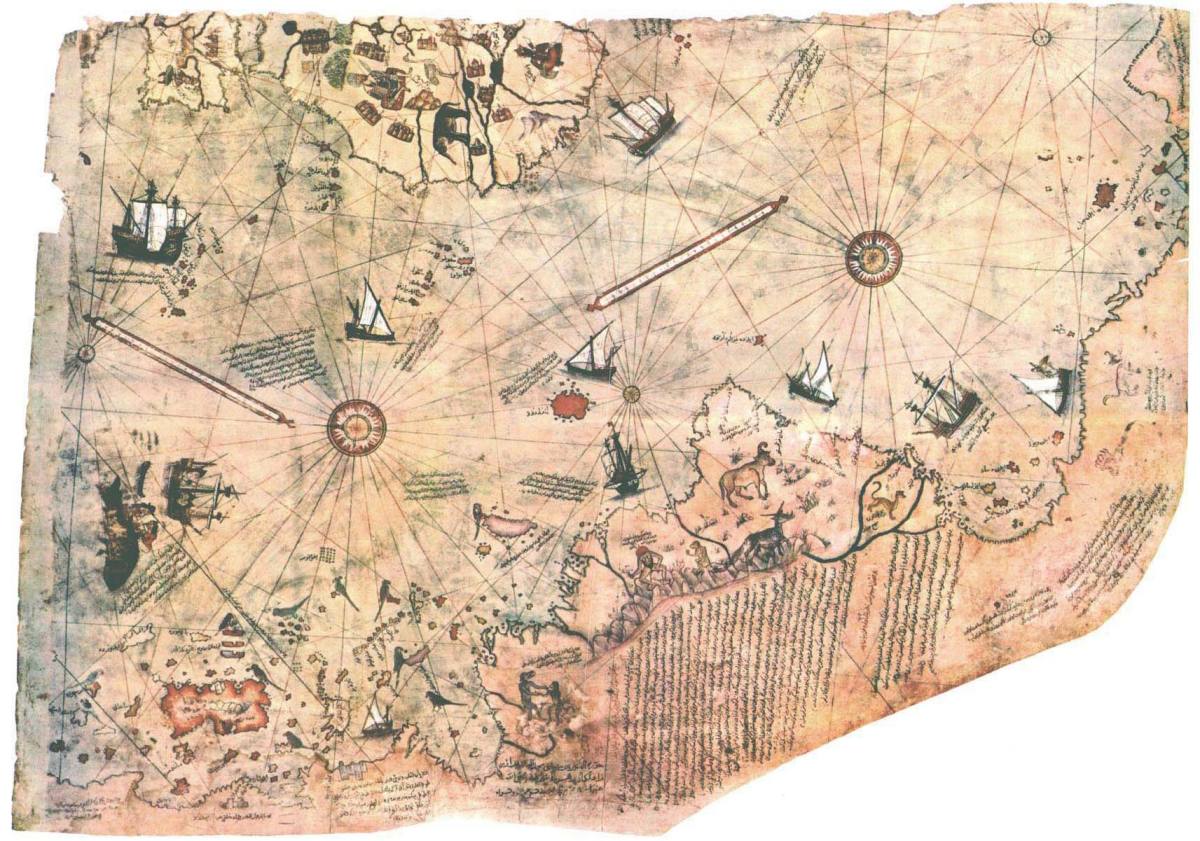Historical Analysis : The Phenomenological Approach in “Historia”
There seems a good point for Philip Guedalla (1889-1944) to explain that “History repeats itself. Historians repeat each other.” The constant repetition of the historical inquiry provides new factual evidence to show the interpretation of significant event. Let me point out that there are life cycles that constantly repeating with probably the same result in the qualitative investigation of behavioral facts. The author mentioned the 5th importance of history about the phases of human society in this line :
The “rise and fall syndrome, “the boom - bust cycle”, and “birth to death life cycle”, provide as possible mechanisms to understand the next consequential action in societal life.
There is a clear indication that social inquiry has the tendency to constantly repeat the phenomena as the general rule in historical understanding. The historians are constantly debating the historical facts they gathered as authentic and genuine as provided in a given “historia.” However, they have to use other historical references to point out their academic contention about the historical phenomena.
The documentary evidences, fossils, artifacts, memorabilia and so on represent the creation of puzzle to formulate their qualitative analysis of certain social phenomena conforming or opposing other historians to assert their historical findings of facts.
We have to consider that professional historians have no exclusive right to interpret the social facts. It is true that they have all the technical expertise in the historical interpretation and analysis as they are being trained to do so. However, the delivery of the academic presentation of the social phenomena in the “historia” particularly in the history class should be totally different as the students are trained to be novice historical writers so that they can appreciate the historical analysis they conducted in their class.
So any student of history has the right to come up with the second inquiry of the social phenomena to explore their academic intelligence about the underlying secret of factual events in the past. The historical interpretation provides them academic training to determine the veracity and validity as to the presentation of works of the professional historians. The historical findings of professional historians are usual academic papers for them to review and analyze in finding out the phenomenological analysis by the causal and functional relationship of the human society:
For example the historical concept of revolution may have its historical understanding along the causal and functional relationship of the human society. The causal relationship is based on the human nature of freedom, equality, justice, liberty, esteem, sustenance and so on. The breach of social contract, exploitation, abuse of human rights, and other forms of suppression may lead to revolution. The functional relationship may capture the concept of human motive and desire, human power and influence, human interest and other forms of human action to formulate and execute the social institution cloth by the general welfare and common welfare.
In this academic context, the historical analysis is simply very broad as enormous collection of historical data needs to be studied and analyzed from the qualitative perception of professional historians . The student of history may find interesting outcome as to the historical analysis from simply studying in all angles about the revolution. Let us take this case that may have unimaginable historical data as a second point of inquiry to be reviewed as historical analysis:
1. The famous heroes and villains in history along the historical analysis of human motive and desire for political powers such as Alexander the Great ; Constantine the Great ;Napoleon Bonaparte; Adolph Hitler; Mussolini; Karl Marx; Lenin; Confucius ; Winston Churchill; Abraham Lincoln; and many others.
2. The famous historical sites and wonders of the world that frightened the social mind of our ancestors on their collective sufferings and exploitation of those on political power :The Great Pyramid of Egypt; The Great Wall of China ; Great Castles of Europe; The Berlin Wall and etc.
3. The great founders of political and economic thought that world suppressed the freedom, dignity, equality, liberty of all mankind. The communism, socialism, fascism, and capitalism and other forms deprive so much the poor not the elite political and economic class.
These are the examples that the student of history must critically analyzed in the social interpretation of facts. Behind the historical scene connotes the ideas of human motive, desire and interest that transform the world into its political and economic complexities. In the modern world, the historical analysis is not totally different you can find some answers in these savior articles.

